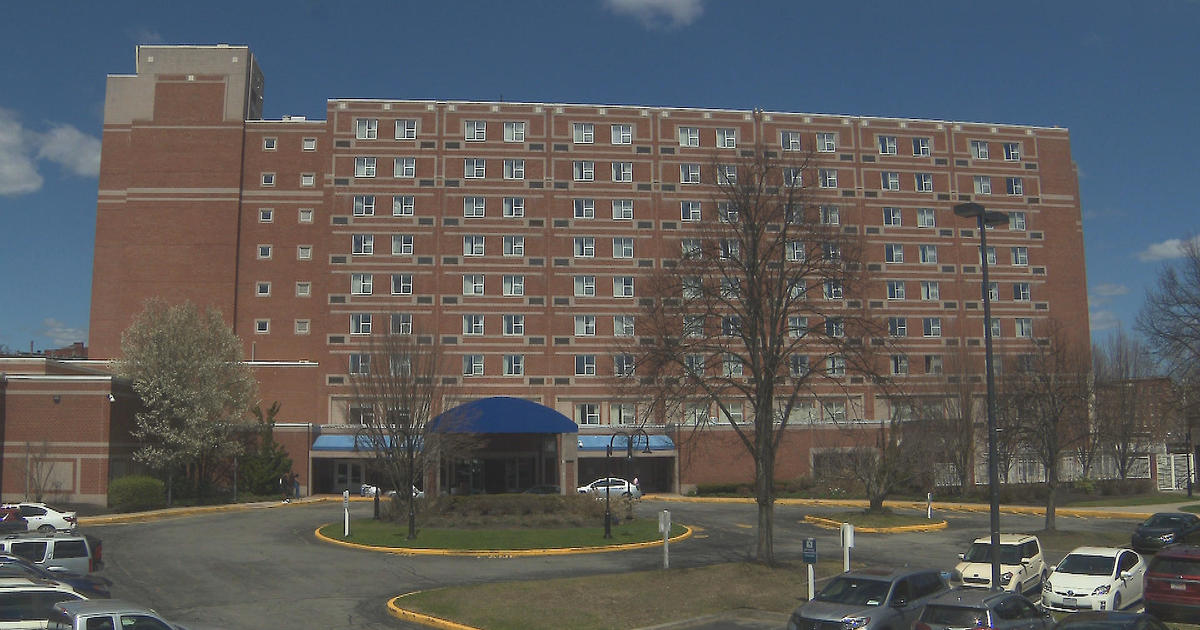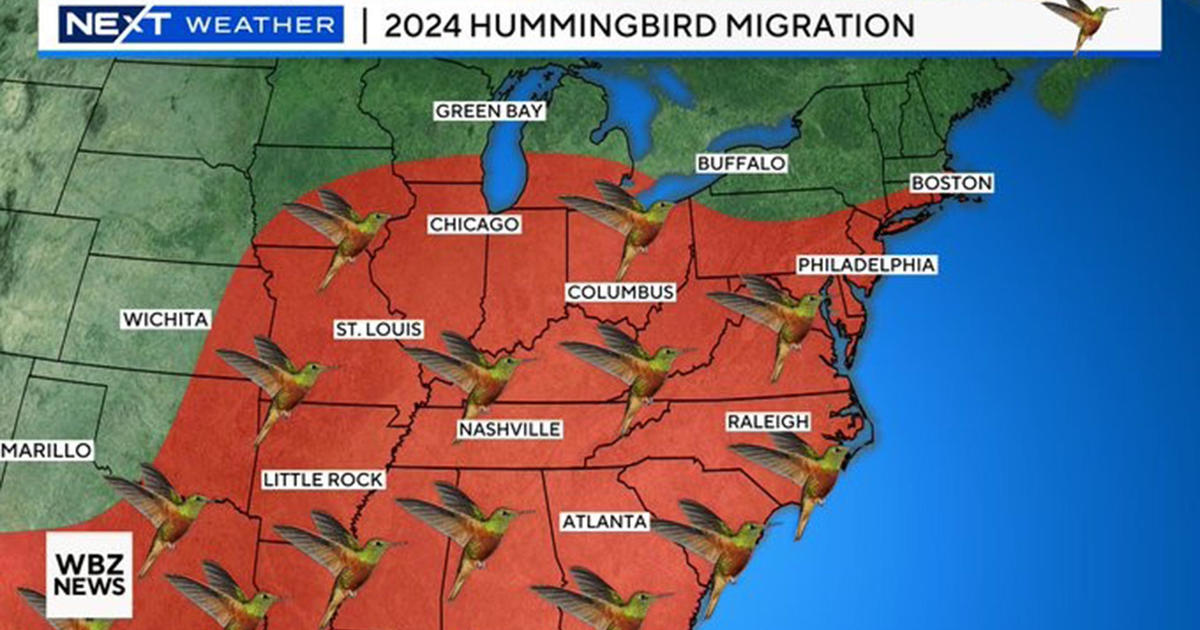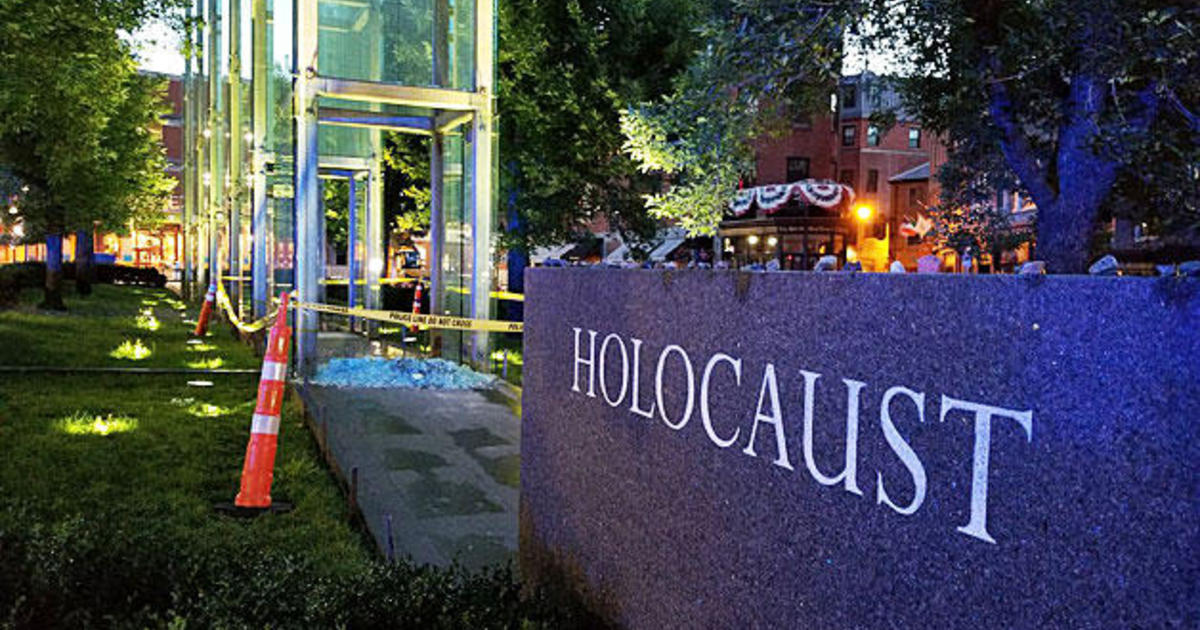Art contest allows kids to teach adults about climate change
BOSTON (CBS) -- A local contest is giving kids a voice about extreme weather and climate change. Between the colors and paper on the table, each image submitted to the Project Cool Science has a message.
"Cool Science is youth educating adults about extreme weather and climate change through blending of art and science," said Dr. Robert Chen, a co-principal investigator for Cool Science and Interim Dean School for the Environment at UMass Boston.
Cool Science is an art contest for students in kindergarten through 12th grade about the weather, energy, and climate change. It's a collaboration between UMass Boston, UMass Lowell, Mass Art, University of Kansas, and Kansas City Art Insititute.
"Climate change is a very complex issue, and you can't really approach it from one discipline like science or chemistry or economics. So, we're looking at using art and the creativity and design aspect of that with the science and combining those in kids' minds and what they think about extreme weather, how it affects them, " said Chen.
Hundreds of kids have entered in the nearly 10 years the contest has been going on, from drawings, and paintings to graphic design. The art is judged on its message, scientific accuracy, creativity, and of course, how it looks.
"The winners get their posters blown up giant on the side of a bus, and thousands and thousands of people on the street get to see these buses going by with their art on them," Chen explained.
That's the beauty of this project, Cool Science uses the art as a vehicle to communicate science to the public.
"We were seeing that when people are on public transit, it's a great way to get their attention," said Dr. Jill Lohmeier who is a co-principal investigator for Cool Science and associate professor for the School of Education at Umass Lowell. "What we started to find was that adults really responded well. The kids were learning about the science, but the adults who were also learning about the science as well."
The project received a grant from the National Science Foundation a few years ago. It was able to develop educational art and science programs, partner with volunteers, and regional transit authorities in Kanas, Missouri, and Massachusetts as they were able to expand geographically from the Merrimack Valley to Worcester out to Topeka and Kansas City. The Cool Science team wanted to see if the artwork would be as effective in other parts of the country with different climate issues.
"We have really learned about the effectiveness of out-of-home media for science education and for education in general, and how we can involve youth and adults for intergenerational learning -- which I think is one of the most exciting parts of this project," Lohmeier said.
WBZ asked her what else has been surprising during this project.
"I'm surprised at how much the youth can learn on their own," Lohmeier responded. "They spend a lot of time and effort learning and I think that is so exciting. When we enable kids to have some choice they can really get excited about it and go much deeper than you know to assign them to learn a specific thing. So I think, given the chance, they'll dig deep."
A win-win in science education no matter the age.
"We have a lot of second graders that enter and to see that they can really learn a lot and they can share that with the adults in their life and the adults that they don't even know on the buses can look at it and learn from second-grade art," Lohmeier said.
Each year there are six contest winners that have their art displayed in a region. There are a total of 24 winners each year. Due to COVID, there was a temporary halt on displaying the artwork, but this year, the images are up in places like the Merrimack Valley to communicate climate change and extreme weather to the community.
"What is more compelling than drawings that school kids have made? It resonates with our mission: climate change is an issue and one of the best ways to reduce your carbon footprint is to get on the bus," said Noah Berger, administrator and CEO at Merrimack Valley Regional Transit Authority.
On one of the buses, is the beautiful artwork of Haley Jones from Winthrop. She was the 2019-2020 David Lustick Winner when she was in second grade. One piece of artwork each year is named in memory of the Cool Science team's late colleague David. It typically is awarded to someone who embodies the youthful and optimistic spirit of the Cool Science program.
Haley told WBZ-TV she was excited beyond words.
"It's unexplainable, it feels like my insides are boiling," Haley exclaims.
Her winning drawing is not only displayed on the inside and outside of a few Merrimack Valley Transit Authority Buses, but proudly on the wall of her playroom. She showed WBZ her artwork entitled "Save the Earth" and discussed that her picture represented extreme weather, that the earth was heating up, and that the weather can be fixed by you. Her artwork was inspired by her love of the outdoors and the beach she lives nearby.
"There is this rock, and it was a little farther out and it was the lowest tide it was. I remember that used to be the marking for high tide, the water moved that much? And now that's really deep to swim to. It's crazy," Haley said.
She agreed that she has seen the direct impacts of climate change in her own hometown. After learning and drawing about climate change, she shares some advice.
"It doesn't take a lot to change it, you just kind of start using these reusable water bottles, reusable bags and you don't use anything that is bad for the environment. And if that's not enough for you, you can make a poster, put it up in town. Even if it is not on a bus, it still makes a difference," Haley said with a smile.
You can learn more about Cool Science at Coolscience.net and instructions on how to enter the next contest starting later this Spring.



